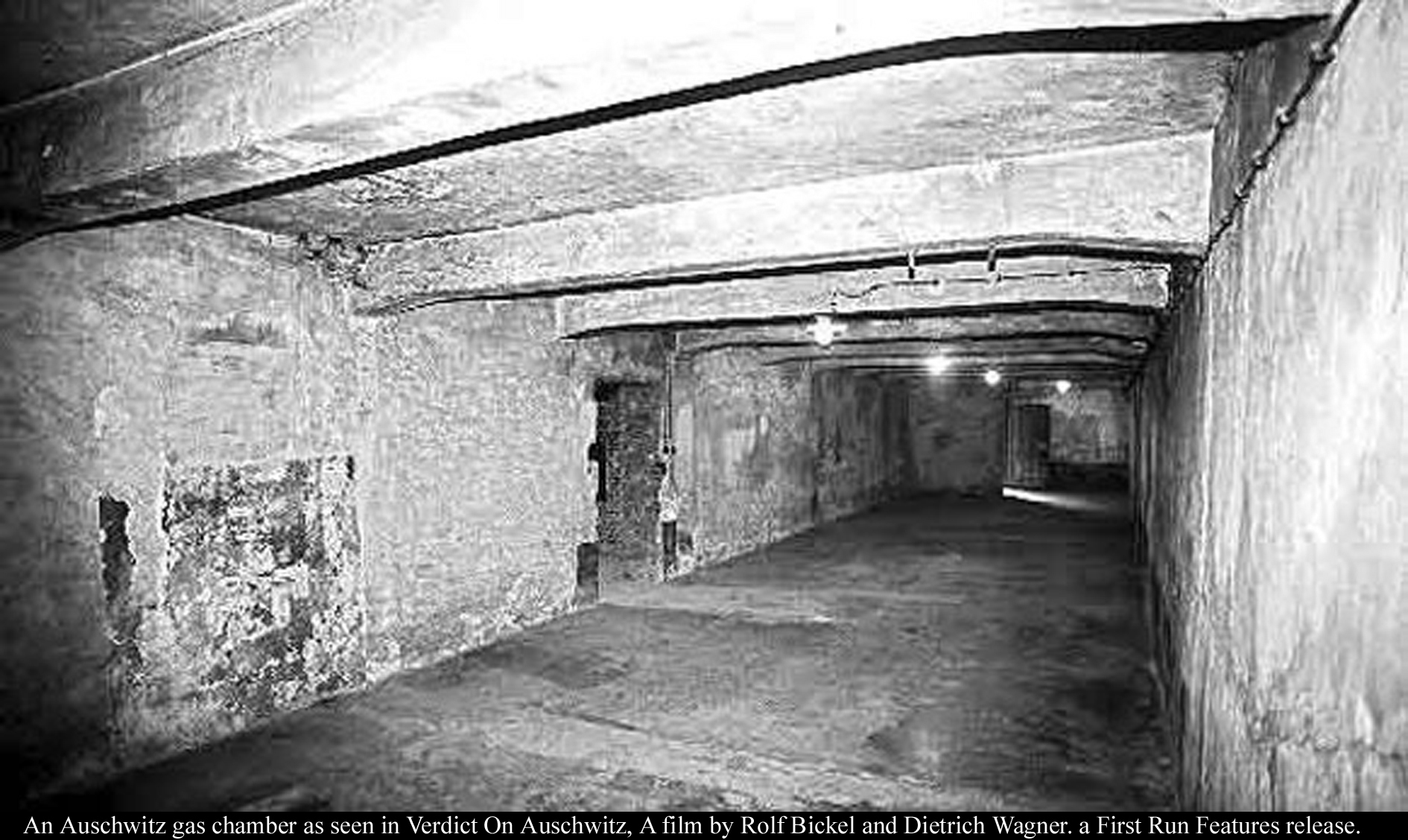Key Question:
How are victims, villains and heroes of tragedy and trauma valued and given a voice?
We need to apply this key question to Life is Beautiful:
- What is a tragedy?
A tragedy is a genre which has great suffering, destruction, and distress, such as a serious accident, crime, or natural catastrophe.
2. How is Life is Beautiful a tragedy?
Life is beautiful is a tragedy because it is about a happy family who get forced apart to do slave work and just before they are free the father dies while trying to save his son and wife.
3.Could it also be a comedy?
Yes it could be considered a comedy as Gueido puts humor into the story with jokes, funny behavior and telling his son that it is all a game that they are competing in against the Germans and other Jews.
4.What is a villain? What is a hero? What is a victim? Give examples of each both from real life and from fiction.
A villain in this case is a a person who causes panic, disaster, damage and despair to the protagonists in the story. He does evil things with the purpose of hurting someone or something.
e.g Terrorists
A hero is a person who shows great courage and is admired by his brave deeds.
e.g Bill gates, war heroes.
A victim is someone who suffers from someone else without having any control over the situation.
e.g holocaust victims,
5. Who are the villains, victims and heroes?.
Guido is the hero in the story, The villains are the Nazis. The victims are the Jews and Joshua, Dora.
6. What value do each of these characters play in the movie? What role do they play in the plot? What role do they play in connecting the movie to history? What role do they play in evoking a reaction from the audience? (List the important characters in the movie and label them as either villains or heroes. Then, in dot points, list the important role they play in regards to plot, history, and to the audience.)
The Nazis are the antagonists, Guido is the protagonist. The victims are part of the complication.
The Nazis and Jews in the story are based on the history of the holocaust. The Nazis are cold hearted and only care for themselves. The Jews are innocent.
Guido mocks the Germans and has a quirky sense of humor.
The Nazis are very cold and they have no mercy or compassion
The victims draw empathy from the audience. At the start of the movie the Jews are having a good life and then it gets ripped away from them.

